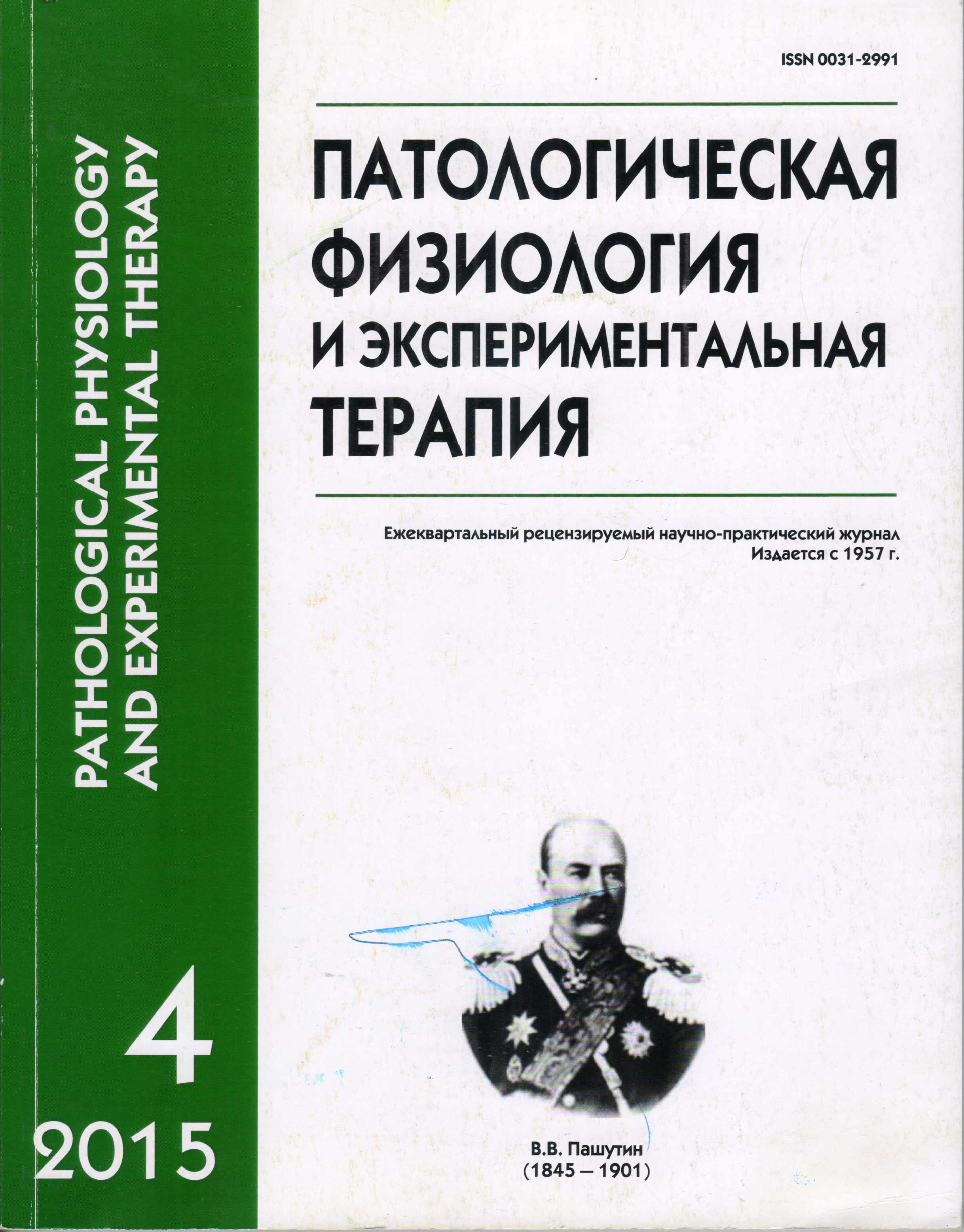Патогенетические механизмы фантомно-болевого синдрома
Ключевые слова:
фантомно-болевой синдром, ноцицептивная аферентация, реорганизация коры головного мозга, стимуляция моторной области коры мозгаАннотация
В обзоре рассматриваются данные литературы об эпидемиологии фантомно-болевого синдрома (ФБС) излагаются результаты многочисленных клинических исследований свидетельствующих о недостаточной эффективности подавляющего большинства современных немедикаментозных и фармакологических методов лечения ФБС. Подробно представлены современные данные о патогенетических механизмах лежащих в основе ФБС. По мнению большинства исследователей, ведущее значение в патогенезе ФБС имеет реорганизация соматосенсорной области коры больших полушарий мозга. Одновременно рассматриваются взгляды исследователей считающих, что основной причиной ФБС является усиление ноцицептивной и неноцицептивной афферентации в периферической нервной системе. В результате сопоставления этих противоречивых данных делается вывод о том, что в генезе ФБС играет роль как первичная, так и вторичная сенситизация. Ведущее значение имеет дисфункция центральной нервной системы. Подробно излагаются современные представления о механизмах, лежащих в основе высокой эффективности подавления ФБС при стимуляции моторной коры головного мозга.Загрузки
Опубликован
2015-12-21
Выпуск
Раздел
Обзоры
Как цитировать
[1]
2015. Патогенетические механизмы фантомно-болевого синдрома. Патологическая физиология и экспериментальная терапия. 59, 4 (Dec. 2015), 101–107.













